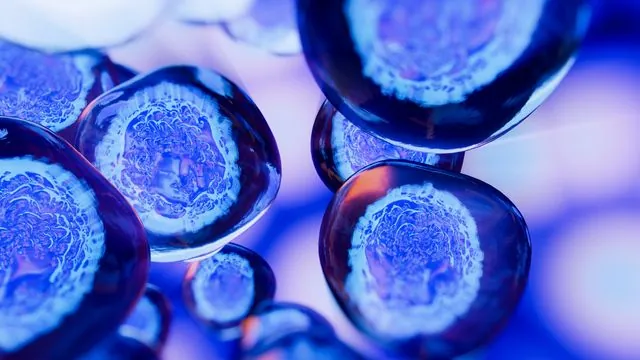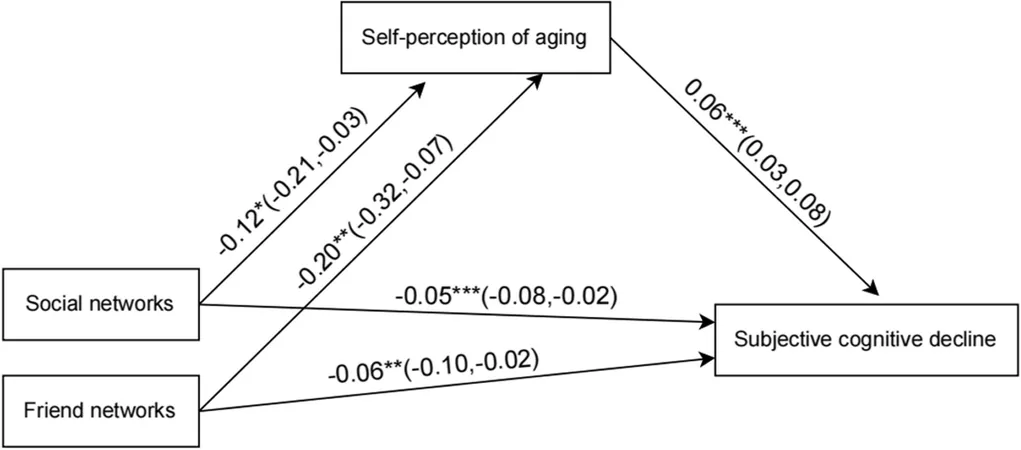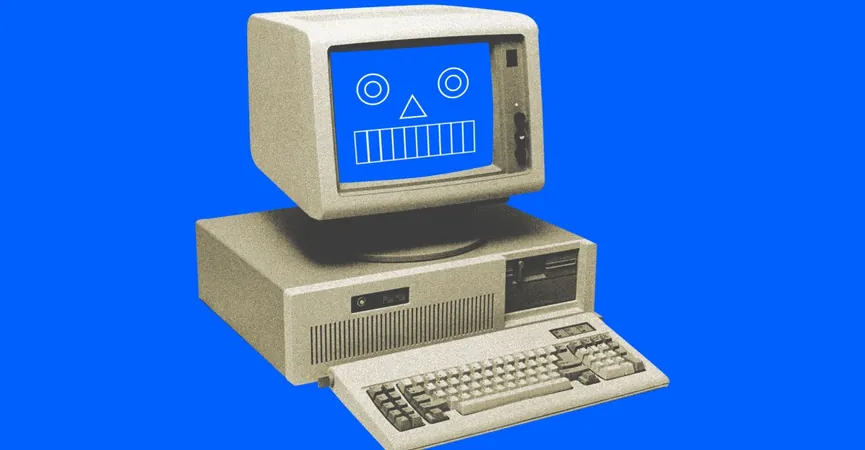
Breakthrough Discovery: Scientists Unlock the Secrets of Cellular Recycling!
2025-01-08
Author: Arjun
Breakthrough Discovery: Scientists Unlock the Secrets of Cellular Recycling!
In a groundbreaking study, scientists have uncovered the key to triggering a powerful cellular process known as autophagy, which acts as the body's recycling system. Autophagy is a continuous process where unnecessary cell components are engulfed by membranes and broken down into their fundamental building blocks. This intricate mechanism plays a crucial role in preventing the formation of harmful aggregates and recycling nutrients within the cells.
A team led by Prof. Dr. Claudine Kraft from the CIBSS Cluster of Excellence at the University of Freiburg, in collaboration with Dr. Florian Wilfling from the Max Planck Institute of Biophysics in Frankfurt, has identified the specific conditions essential for autophagy to commence. Their research, published in the esteemed journal Nature Cell Biology, marks a significant advancement in our understanding of how to artificially induce this cellular process.
The Mysteries of Autophagy Unraveled
Autophagy begins when cellular waste is recognized and marked for degradation by receptor and adapter molecules. Until now, it was unclear how these molecules initiate the subsequent degradation processes. Kraft and her team discovered that these receptors need to bind weakly to the waste material for autophagy to be activated. “If they bind too strongly, the process is not initiated,” explains Kraft, highlighting the complexity of this seemingly paradoxical requirement.
Using computer simulations, as well as experiments on live yeast and human cells, the researchers illustrated that weak binding allows these receptors to remain mobile, forming random clusters. When a critical concentration is reached, these clusters undergo phase separation, resulting in the formation of a droplet-like structure that possesses unique physical properties that facilitate the autophagy process.
A New Dawn for Medical Applications
The researchers took their investigation further by introducing modified virus particles into yeast cells, which generally cannot degrade these particles. By tweaking the particles to allow for weak binding with autophagy receptors, they successfully triggered the breakdown of the viral proteins. However, when the surface modification of the particles promoted strong binding, the degradation did not occur. Kraft and Wilfling expressed enthusiasm about this outcome, noting it demonstrates the potential for precise intervention in the autophagy processes of living cells.
This discovery could pave the way for revolutionary advancements in medical treatments, particularly in the fight against neurodegenerative diseases like Alzheimer’s, where toxic aggregates pose a significant challenge. Additionally, this new understanding of autophagy could lead to improved cancer therapies by enhancing the body’s ability to eliminate harmful cells.
As the battle against aging and disease continues, harnessing the power of autophagy may prove to be a key strategy in improving health outcomes and advancing scientific research. Could this be the breakthrough that changes how we manage some of the most challenging health conditions of our time? Only time will tell!





 Brasil (PT)
Brasil (PT)
 Canada (EN)
Canada (EN)
 Chile (ES)
Chile (ES)
 Česko (CS)
Česko (CS)
 대한민국 (KO)
대한민국 (KO)
 España (ES)
España (ES)
 France (FR)
France (FR)
 Hong Kong (EN)
Hong Kong (EN)
 Italia (IT)
Italia (IT)
 日本 (JA)
日本 (JA)
 Magyarország (HU)
Magyarország (HU)
 Norge (NO)
Norge (NO)
 Polska (PL)
Polska (PL)
 Schweiz (DE)
Schweiz (DE)
 Singapore (EN)
Singapore (EN)
 Sverige (SV)
Sverige (SV)
 Suomi (FI)
Suomi (FI)
 Türkiye (TR)
Türkiye (TR)
 الإمارات العربية المتحدة (AR)
الإمارات العربية المتحدة (AR)